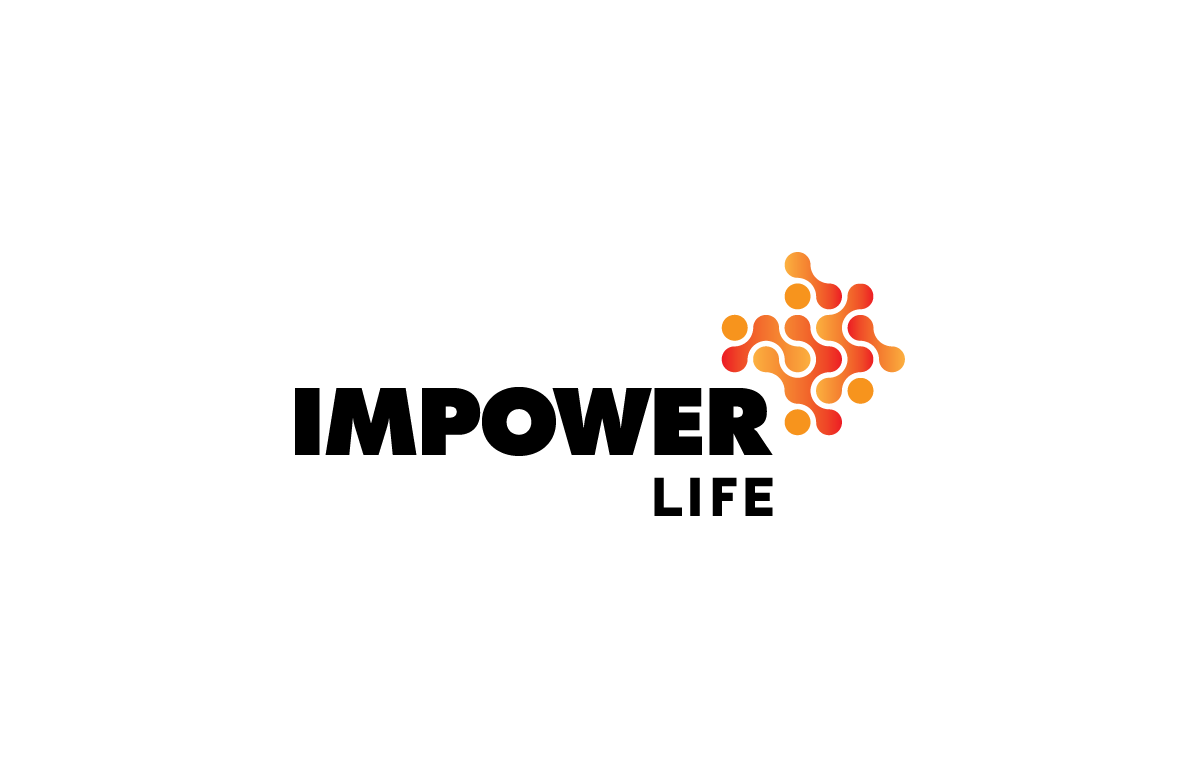The Effectiveness of Amino Acids: A Sustainable Approach to Increasing Protein Intake
In the realm of nutrition, finding effective ways to increase protein intake without adding unnecessary strain on the liver and kidneys is a crucial consideration, especially for individuals with kidney and liver conditions. One solution that stands out is the use of amino acids. These powerful compounds provide a direct source of the building blocks our bodies get when we digest protein. In this blog I’ll share my opinion, explore the benefits of amino acids, address common misconceptions, and share personal experiences that highlight their effectiveness.
The Benefits of Amino Acids
Amino acids offer several advantages over traditional protein sources. First and foremost, they provide the essential components necessary for protein synthesis, helping our bodies build and repair tissues. By delivering these building blocks directly, amino acids reduce the load on the liver and kidneys, which can be particularly beneficial for individuals with chronic kidney or liver diseases. Furthermore, amino acids are easily absorbed by the body, ensuring efficient utilization and maximizing the benefits of protein intake.
Addressing Misconceptions
One common misconception is that all sources of protein are equivalent. However, amino acids provide a concentrated and highly bio-available form of protein, surpassing the protein content found in many common foods. For example, an entire 50-gram egg contains only about 6 grams of protein. By incorporating amino acids into one's diet, individuals can achieve a more targeted and efficient protein intake.
Counterarguments often arise regarding the potential side effects of excessive amino acid consumption. However, when used responsibly and within recommended guidelines, amino acids have been shown to be safe and well-tolerated. It's important to remember that moderation is key, as with any nutritional supplement or dietary modification.
It's also crucial to address the role of the liver and kidneys in protein digestion. Contrary to misconceptions, these organs play a vital role in processing and filtering waste products, rather than directly metabolizing protein. Amino acids offer a way to support protein intake without placing undue stress on these organs, making them a viable option for individuals with kidney and liver conditions.
Personal Experiences and Stories
I can speak to the effectiveness of amino acid supplementation from personal experience. After suffering from three Widow maker heart attacks, I turned to high-quality amino acid supplements to aid in my recovery. I firmly believe that these supplements played a significant role in supporting my cardiac rehabilitation journey.
A dear friend of mine also experienced the benefits of amino acids firsthand. Facing stage 3 renal failure, they incorporated amino acid supplementation into their treatment plan and witnessed remarkable improvements in kidney function.
These personal stories are further supported by scientific research. In a study published by the National Center for Biotechnology Information, amino acids were shown to enhance muscle protein synthesis, supporting their efficacy as a means of increasing protein intake.
Conclusion
Amino acids offer a viable solution for individuals looking to increase their protein intake without significantly increasing calories. And for individuals with conditions like chronic liver or kidney conditions or people suffering from gout, finding sustainable methods to increase protein intake without making their conditions worse is paramount. Amino acids provide the building blocks necessary for protein synthesis while reducing the burden on the liver and kidneys. By addressing common misconceptions, acknowledging personal experiences, and examining scientific evidence, we hope to shed light on the effectiveness of amino acids as a valuable tool for those seeking to optimize their protein intake.
As always, it is essential to consult with healthcare professionals and nutrition experts to determine the most suitable approach for individual circumstances. By considering amino acids as part of a comprehensive strategy, we can foster a sustainable and effective approach to increasing protein intake and supporting overall health and well-being.
Lucà-Moretti M. Comparative study of subjects’ Net Nitrogen Utilization (NNU) while receiving SON, a nutritional amino acid formula, or high biological value egg protein, or egg protein amino acid formula. JIMHA; 1:33-42, 1992.
Mirtallo JM, Fabri PJ, Radcliffe K, Shaw-Regan C, Johnson JA, Ruberg RL. Evaluation of nitrogen utilization in patients receiving total parenteral nutrition. JPEN J Parenter Enteral Nutr. 1983 Mar-Apr;7(2):136-41. doi: 10.1177/0148607183007002136. PMID: 6406700.
Lucà-Moretti M. Comparative study of subjects’ Net Nitrogen Utilization (NNU) while receiving SON, or egg protein or its protein amino acid formula. Advances in Therapy; 5:280-89, 1992.
Adhikari S, Schop M, de Boer IJM, Huppertz T. Protein Quality in Perspective: A Review of Protein Quality Metrics and Their Applications. Nutrients. 2022 Feb 23;14(5):947. doi: 10.3390/nu14050947. PMID: 35267922; PMCID: PMC8912699.
Lucà-Moretti M. Comparative study of subjects’ Net Nitrogen Utilization (NNU) while receiving bovine milk or soybean flour with or without SON nutrification. JIMHA; 1:43-54, 1992.
Dioguardi FS. Clinical use of amino acids as dietary supplement: pros and cons. J Cachexia Sarcopenia Muscle. 2011 Jun;2(2):75-80. doi: 10.1007/s13539-011-0032-8. Epub 2011 Jun 11. PMID: 21766052; PMCID: PMC3118002.
Lucà-Moretti M. Comparative study of subjects’ Net Nitrogen Utilization (NNU) while receiving bovine milk or soybean flour with or without SON nutrification. Advances in Therapy; 5:290-301, 1992.
Williams M. Dietary supplements and sports performance: amino acids. J Int Soc Sports Nutr. 2005 Dec 9;2(2):63-7. doi: 10.1186/1550-2783-2-2-63. PMID: 18500957; PMCID: PMC2129148.
Lucà-Moretti M., Grandi, A. The Malnutrition Treatment and Prevention Project. JIMHA; 2:20-26, 1993.
Biochemistry, Essential Amino Acids, Michael J. Lopez; Shamim S. Mohiuddin. Bookshelf ID: NBK557845 PMID: 32496725
Lucà-Moretti M., Grandi, A. Comparative Study of Subjects’ Weight Loss while receiving Very Low Calorie Diets consisting of SON, SON-Nutrified Dried Bovine Skim Milk, or Dried Bovine Skim milk provided in the required amounts to achieve Zero Nitrogen Balance. JIMHA; 2:39-48, 1993.




